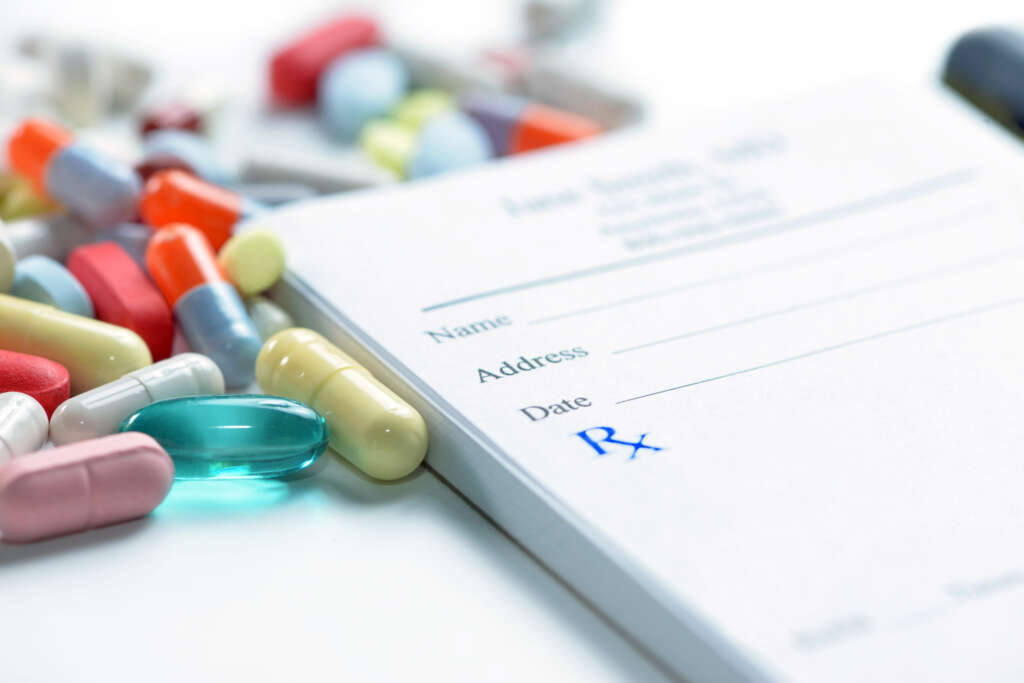Share This Article
Your prescription costs $400 a month, but you make just enough money to disqualify for Medicaid. Sound familiar? Millions of Americans face this frustrating gap where they earn too much for government assistance but not enough to comfortably afford their medications. Here’s what most people don’t know: pharmaceutical companies operate patient assistance programs (PAPs) that can dramatically reduce or eliminate drug costs for middle-income families.
These aren’t charity programs with strict poverty requirements. Many assist households earning up to $100,000 annually, depending on family size and the specific medication. The catch? Most people never hear about them because doctors and pharmacists aren’t always aware of these options.
How Patient Assistance Programs Actually Work
Patient assistance programs provide free or heavily discounted brand-name medications directly from pharmaceutical manufacturers. Unlike insurance copay cards that offer small discounts, PAPs can reduce costs by 75% to 100% for eligible patients.
Each program has different income limits, typically ranging from 300% to 500% of the federal poverty level. For a family of four in 2025, this means household incomes up to $75,000 to $125,000 may qualify for assistance. Some programs focus on specific medical conditions rather than just income.
The application process usually requires proof of income (tax returns or pay stubs), a prescription from your doctor, and sometimes a letter explaining your financial hardship. Once approved, you’ll receive a 90-day supply of medication shipped to your home or doctor’s office, typically renewable for one year.
Finding the Right Program for Your Medication
Start with NeedyMeds, a nonprofit database that tracks over 8,000 patient assistance programs. Enter your medication name to find manufacturer programs, eligibility requirements, and application links. The site also lists state-specific programs and disease-specific foundations that might help.
Partnership for Prescription Assistance offers another comprehensive search tool, connecting patients with over 475 public and private programs. Both resources are free and updated regularly as programs change.

Major Pharmaceutical Company Programs
Most large drug manufacturers operate assistance programs. Pfizer’s program covers medications like Lipitor and Lyrica for households earning up to $48,560 for individuals or $100,400 for families of four. Merck’s program assists with diabetes medications like Januvia, while Novartis helps with heart medications and cancer treatments.
Generic drug assistance is harder to find since profit margins are lower, but some manufacturers like Teva and Mylan offer limited programs for specific medications.
Application Strategy and Timeline
Apply during a medication refill gap to avoid interruptions in treatment. Most programs take 2-4 weeks to process applications, so plan accordingly. Keep copies of all documentation, as you’ll need to reapply annually and requirements sometimes change.
If denied initially, don’t give up. Income limits and program criteria shift frequently. A medication that didn’t qualify six months ago might be covered under updated guidelines. Some programs also offer appeals processes for borderline cases.
Working with Healthcare Providers
Ask your doctor’s office if they have experience with patient assistance programs. Many larger practices employ staff specifically to help patients navigate these applications. They can provide medical information required by manufacturers and sometimes submit applications on your behalf.
Hospital social workers and patient navigators are often excellent resources, especially if you’re dealing with cancer treatments or other expensive specialty medications. The American Cancer Society maintains detailed information about assistance programs for cancer medications specifically.
Maximizing Your Benefits
Don’t limit yourself to one program. If you take multiple brand-name medications, apply to separate programs for each drug. Some patients receive assistance for three or four different medications simultaneously.
Watch for program changes during annual renewals. Manufacturers sometimes expand income limits, add new medications, or modify application requirements. Set calendar reminders to reapply before your current approval expires.
Red Flags to Avoid
Legitimate patient assistance programs never charge application fees or require payment upfront. Be wary of companies that promise to find programs for a fee – the same resources are available free through NeedyMeds and similar sites.
Some discount card programs masquerade as patient assistance but only offer minimal savings. True manufacturer PAPs provide significant cost reductions and often require detailed income verification.
Beyond Manufacturer Programs
Disease-specific foundations offer additional assistance. The National Kidney Foundation helps with dialysis-related medications, while diabetes organizations assist with insulin costs. Cancer foundations often provide comprehensive medication assistance regardless of the drug manufacturer.
State pharmaceutical assistance programs vary widely but can supplement manufacturer programs. Some states offer assistance to residents who don’t qualify for federal programs, creating additional opportunities for middle-income families.
Patient assistance programs represent genuine help for people caught in healthcare’s affordability gap. With persistence and the right resources, many families can access medications that would otherwise remain financially out of reach. The key is knowing these programs exist and taking the time to apply.


